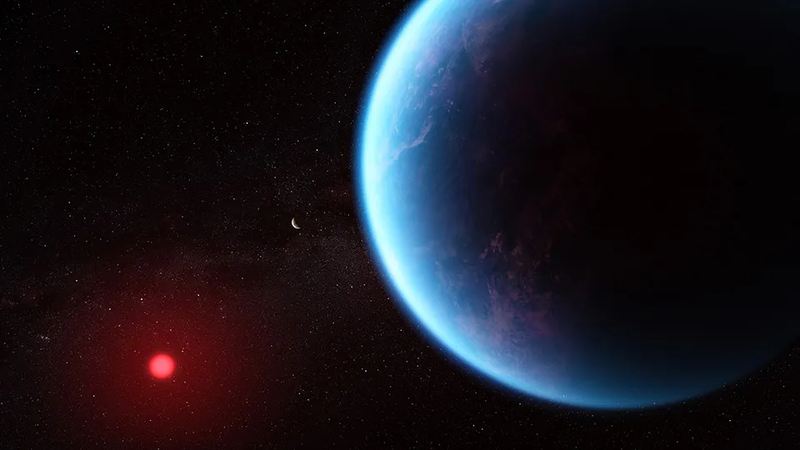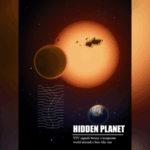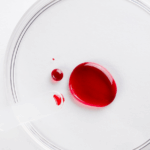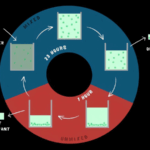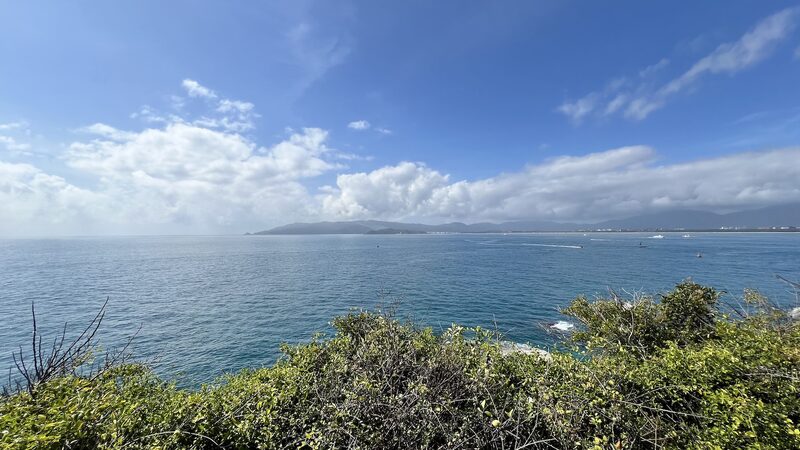Hold onto your lab coats, space fans—scientists just discovered the strongest hints yet of possible alien life on a distant planet! 🌍✨ Using the James Webb Space Telescope (JWST), researchers detected two chemicals—dimethyl sulfide (DMS) and dimethyl disulfide (DMDS)—in the atmosphere of K2-18 b, a water-rich exoplanet 124 light-years away. On Earth, these gases are only produced by living organisms like marine algae. Could this cosmic neighbor be home to microbial life?
Hycean World Alert: K2-18 b isn’t just any exoplanet. It’s a “hycean world,” a theorized class of planet with vast oceans and hydrogen-rich atmospheres. Earlier JWST observations already found methane and CO2—key ingredients for life. Now, DMS and DMDS levels detected thousands of times higher than Earth’s have scientists buzzing. “This could be our first real clue about life beyond our solar system,” said study leader Nikku Madhusudhan of Cambridge University.
But before we start drafting messages for our new extraterrestrial pen pals, the team urges caution. While the data is jaw-dropping (99.7% confidence!), more observations and analysis are needed to rule out non-biological explanations. “We’re talking microbial life—something like Earth’s ocean plankton,” Madhusudhan clarified. 👾🧪
Why It Matters: If confirmed, this would mark a “transformational moment” in humanity’s quest to answer “Are we alone?” K2-18 b sits in the “habitable zone,” where liquid water can exist—ideal conditions for life. While bigger than Earth (8.6x mass, 2.6x diameter), its ocean-covered surface could host tiny life forms we’ve only imagined.
Next steps? Verifying the signals and exploring “abiotic” (non-life-related) explanations. As Madhusudhan puts it: “It’s in no one’s interest to claim life prematurely.” But let’s be real—this discovery just turned the universe into a much more interesting place. 💫🔭
Reference(s):
Scientists find strongest evidence yet of life on an alien planet
cgtn.com
